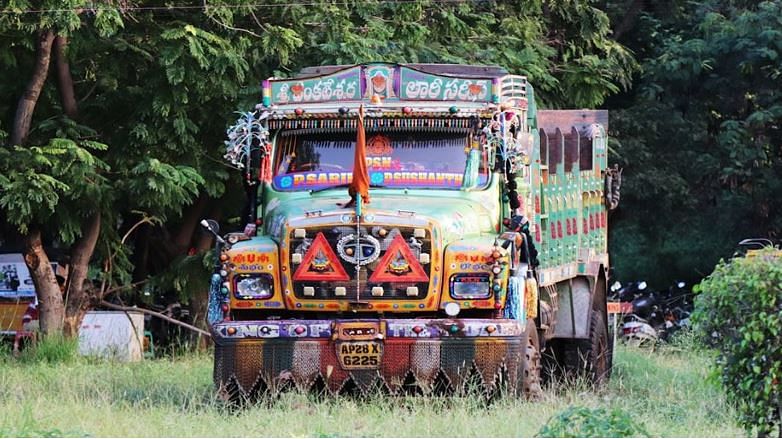The trucking industry, the backbone of global supply chains, is facing a critical challenge: a severe shortage of truck drivers. Trucks are the lifeline of Indian roads as they are the major mode of transportation for carrying goods. The number of trucks is expected to increase to 17 million by 2050. This issue has far-reaching implications for businesses, consumers, and economies worldwide.
Causes of the Driver Shortage
Several factors contribute to the truck driver shortage:
Demanding Lifestyle: Truck drivers have to work for long hours and stay away from home. This causes physical and mental strain which forces many drivers to quit the job. Apart from this drivers have to travel long distances at night which is demanding for many drivers.
Aging Workforce: A large population of the current truck drivers is nearing retirement age, leading to a pipeline issue. The young generation of truck drivers are not well trained and face issue on tough Indian roads.
Image Problem: The young population is attracted to high-paying jobs and doesn’t want to invest their time in the trucking industry due to its perceived low status and challenging working conditions.
Regulatory Hurdles: Stricter regulations, such as hours-of-service rules, can reduce driver productivity and make the job less attractive. The recent hit-and-run law also saw many protests from truck drivers.
Economic Factors: Low wages, lack of benefits, and high costs of living contribute to the driver shortage.
Implications of the Driver Shortage
The shortage of truck drivers has far-reaching consequences:
Increased Freight Costs: As demand for drivers outstrips supply, trucking companies must pay higher wages, leading to increased transportation costs. As transportation costs increase it creates a burden on potential customers. This affects the entire system and causes problems for everyone.
Supply Chain Disruptions: Delays in freight delivery due to driver shortages can disrupt supply chains and impact businesses reliant on timely shipments.
Product Shortages: Severe driver shortages can lead to product shortages on store shelves as goods cannot be transported efficiently. This increases the price of basic necessity goods and impacts the entire economy.
Potential Solutions
Addressing the driver shortage requires a multi-faceted approach:
Improving Driver Working Conditions: Better pay, benefits, and working hours can attract more drivers to the industry. The government should make proper laws to improve the working conditions of truck drivers.
Technology Adoption: Advanced driver-assistance systems (ADAS) and automation can improve driver safety and efficiency, making the job more appealing. Although many new trucks have started adopting these new technologies like telematics which allows the drivers to get vital information about their vehicles.
Driver Training and Development: Investing in driver training programs can help develop a skilled workforce and improve driver retention. Trained drivers help make the travel more secure and efficient. This can also help avoid accidents and save many lives.
Image Enhancement: Promoting the trucking industry as a viable and rewarding career path can attract younger generations. Truck finance should be made easily accessible to the young population to kick-start their entrepreneurial journey.
Government Support: Policies that support the trucking industry, such as infrastructure improvements and tax incentives, can help alleviate the shortage.
Conclusion
The driver shortage is a complex issue with no easy solutions. However, by implementing a combination of strategies, the trucking industry can mitigate its impact and ensure the smooth flow of goods. Addressing the root causes of the shortage, such as low wages and poor working conditions, is essential for long-term sustainability.
Web Stories
Latest Trucks News
Categories
91trucks is a rapidly growing digital platform that offers the latest updates and comprehensive information about the commercial vehicle industry.










